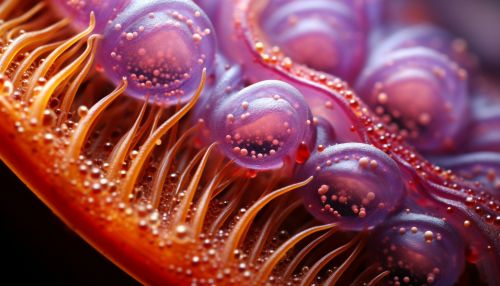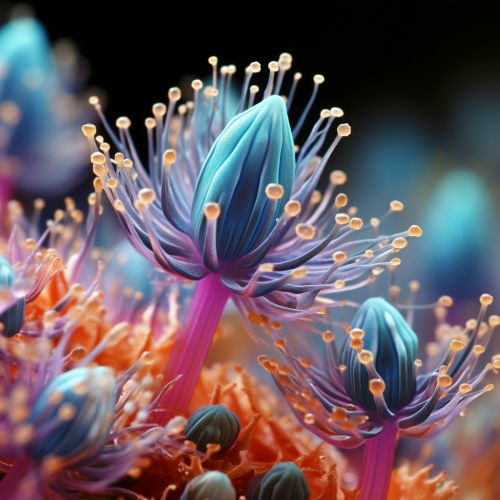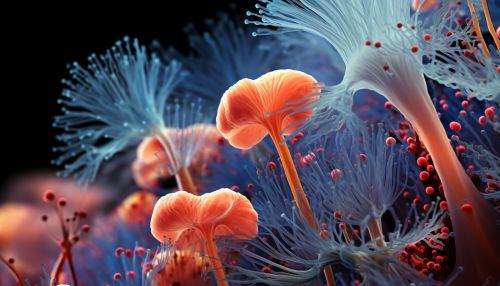The Science of Human Taste and Smell
Introduction
The sense of smell and taste are integral parts of the human sensory system. These senses play a crucial role in our perception of the world around us, influencing our preferences, behaviors, and even our memories. This article delves into the science behind these senses, exploring the physiological processes and the underlying molecular mechanisms involved.


Physiology of Taste
The sense of taste, or gustation, is mediated by specialized sensory cells located within taste buds on the tongue. These taste buds are responsible for detecting the five basic tastes: sweet, sour, salty, bitter, and umami (savory). Each of these tastes corresponds to a specific type of taste receptor on the surface of taste cells.
Taste Receptors
Taste receptors are proteins that bind to chemicals in food, triggering a signal that is transmitted to the brain. The receptors for sweet, umami, and bitter tastes are known as G protein-coupled receptors (GPCRs), while those for salty and sour tastes are ion channels. The activation of these receptors leads to a cascade of events that ultimately results in the perception of taste.


Signal Transduction
Once a taste receptor is activated, it triggers a series of biochemical events known as signal transduction. In the case of GPCRs, this involves the activation of a G protein, which in turn activates a secondary messenger molecule. This molecule then triggers a series of reactions that lead to the opening of ion channels and the generation of an electrical signal. This signal is then transmitted to the brain via sensory neurons, resulting in the perception of taste.
Physiology of Smell
The sense of smell, or olfaction, is mediated by olfactory receptors located in the nasal cavity. These receptors are capable of detecting a vast array of odor molecules, allowing us to perceive a wide variety of smells.
Olfactory Receptors
Olfactory receptors are GPCRs that bind to odor molecules. Each receptor is tuned to a specific range of odor molecules, and the combination of activated receptors gives rise to the perception of a particular smell. The human genome contains approximately 400 functional olfactory receptor genes, allowing us to detect a vast array of different odors.


Signal Transduction
Similar to taste, the binding of an odor molecule to an olfactory receptor triggers a signal transduction pathway. This involves the activation of a G protein, which in turn activates an enzyme called adenylate cyclase. This enzyme produces a secondary messenger molecule called cyclic AMP, which opens ion channels and generates an electrical signal. This signal is then transmitted to the brain via olfactory neurons, resulting in the perception of smell.
Interaction of Taste and Smell
While taste and smell are distinct senses, they are closely intertwined. The flavors we perceive when eating or drinking are a combination of both taste and smell, a phenomenon known as flavor. This is why food can taste bland when we have a cold or other condition that impairs our sense of smell.


